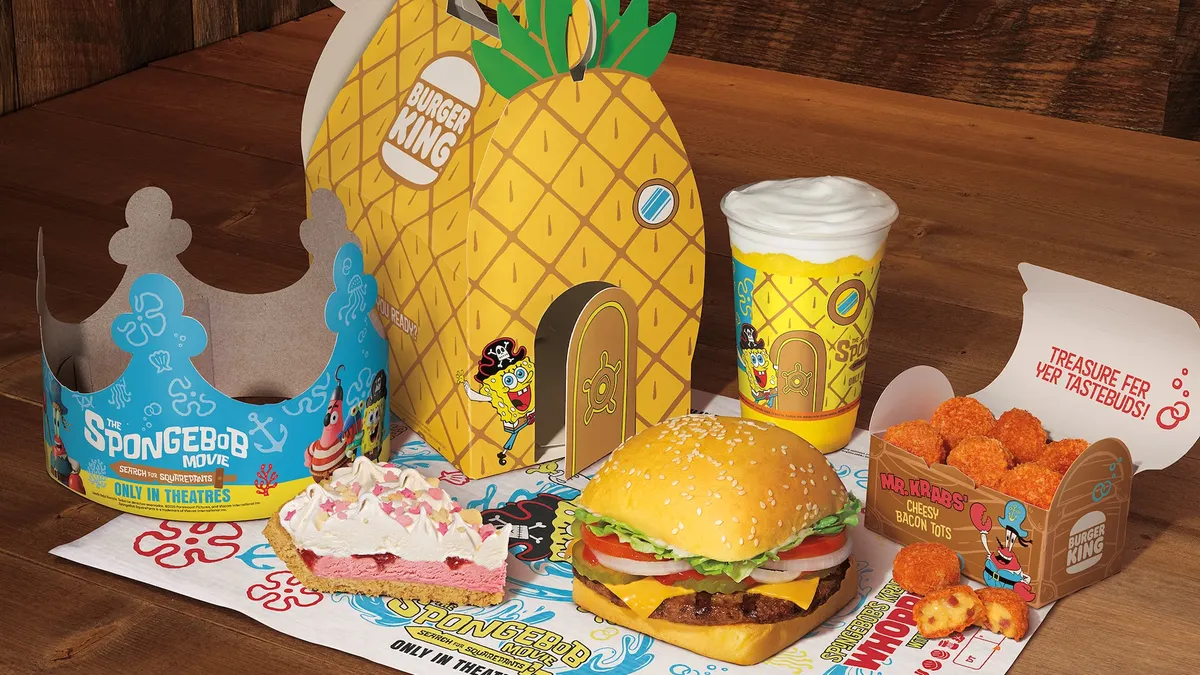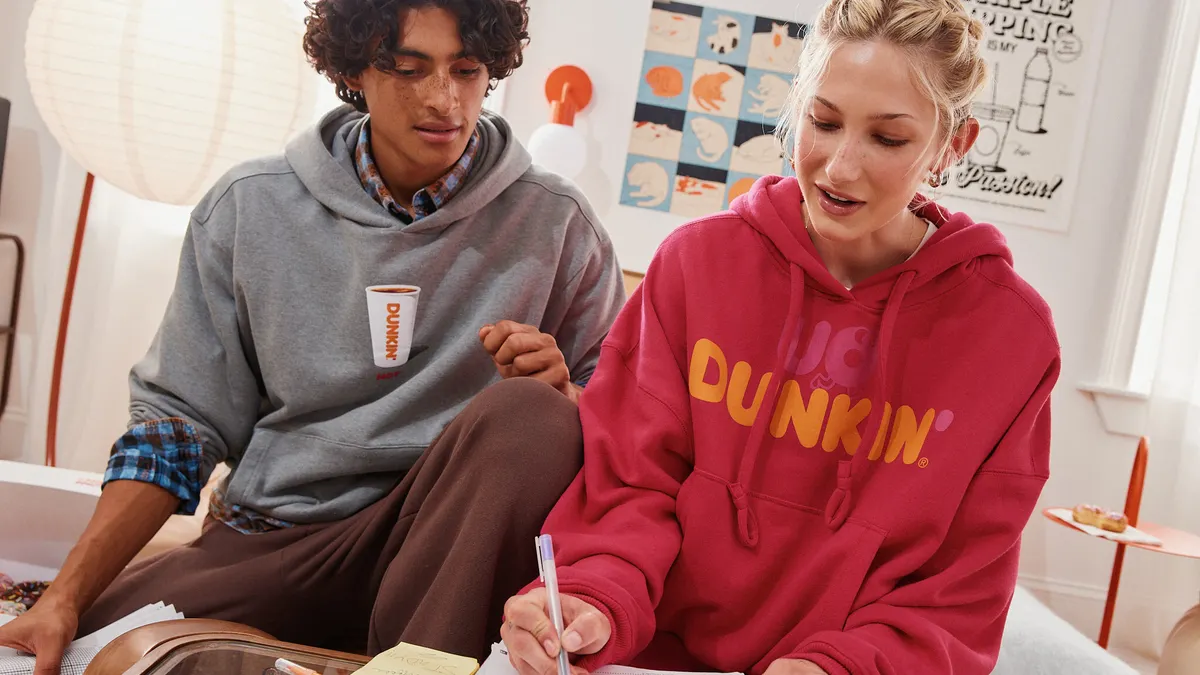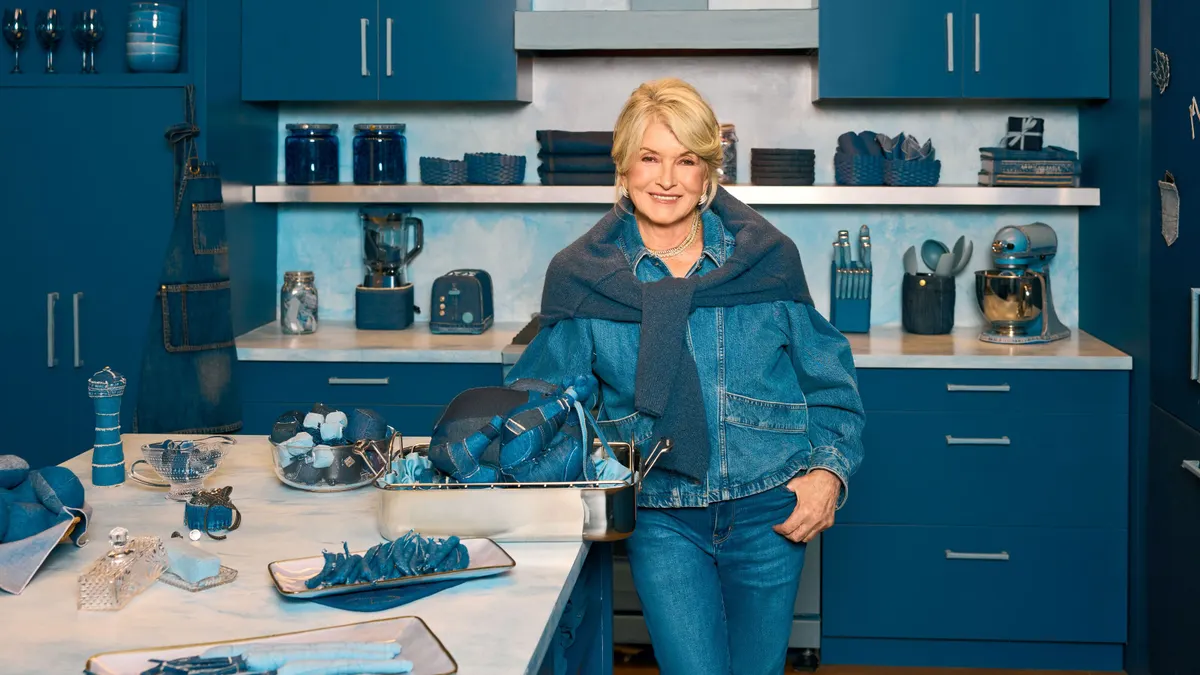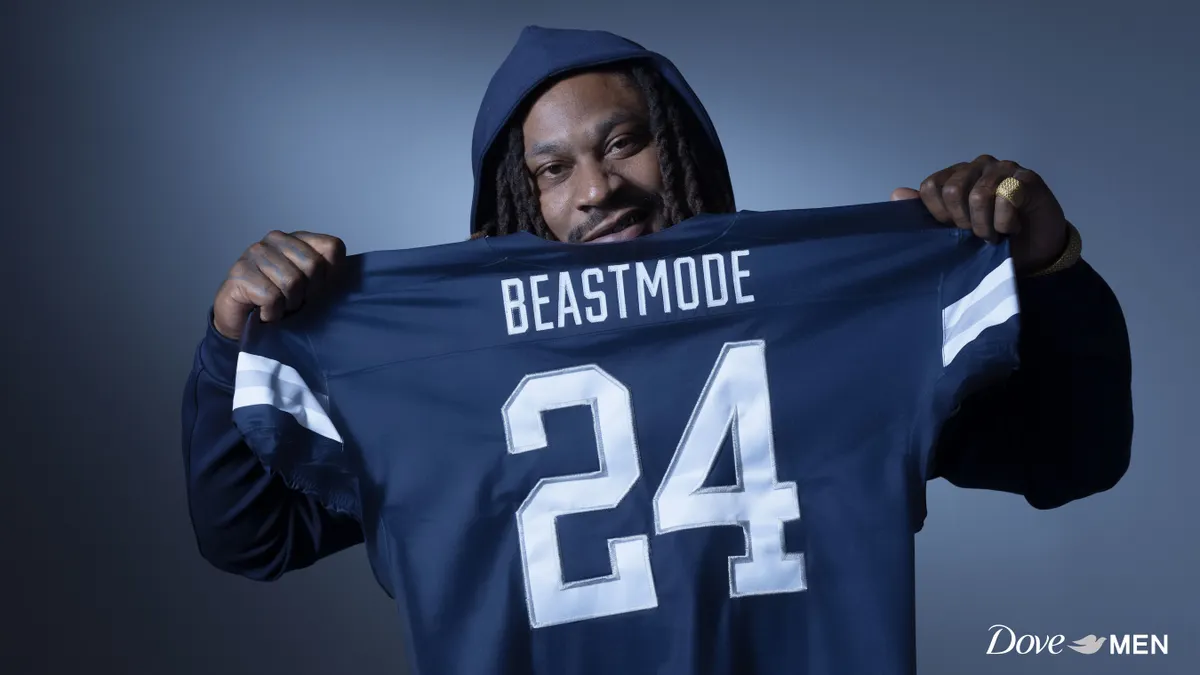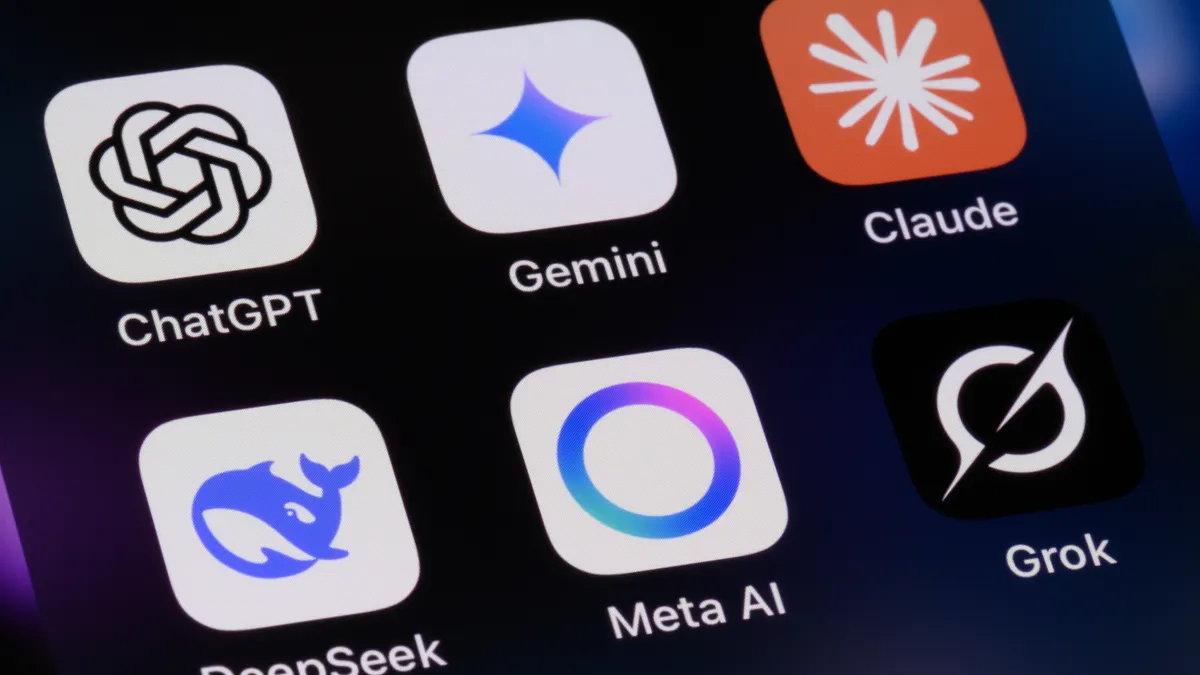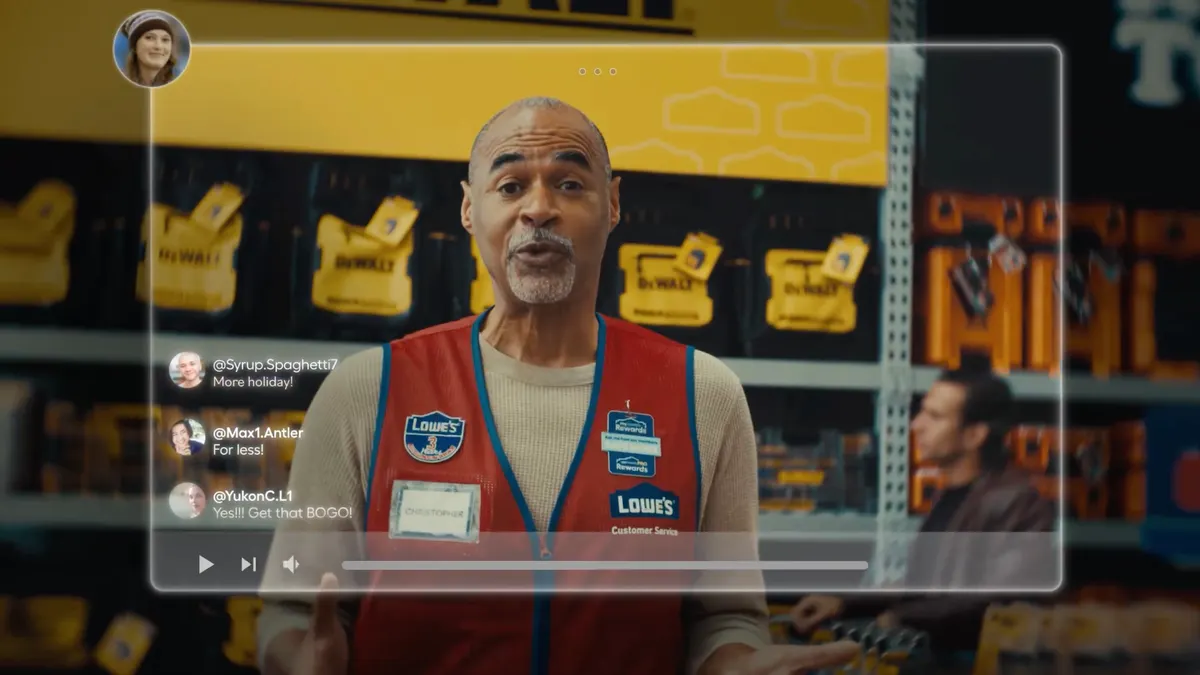As the U.S. nears the one-year milestone living under the coronavirus pandemic, marketers are taking stock of an industry that has changed rapidly and in ways that could be permanent. While leaders are hopeful amid progress in beating back COVID-19, the bottom line is that consumers will reemerge into the world weary and on edge after having weathered a crisis that left more than 500,000 people dead in this country alone.
Grappling with COVID-19 ultimately hasn't made the day-to-day of being a CMO any easier, but below, marketing executives from the Gap, Chipotle, General Mills and more share how they are fortifying their businesses as the timeline for a true reopening becomes clearer. Many will try to meld real-world experiences with freshly acquired digital skill sets, while preserving a focus on community and empathy brought to the fore during the darkest days of the pandemic.
"Lockdowns churned up stress, anxiety, and so much more," Amy Fuller, chief marketing and communications officer at Accenture, wrote over email. "Those emotions are now a lasting part of the landscape — not just for marketing, but for all forms of communications, and most importantly, for people.
"Empathy and compassion are a permanent part of marketing's new tool box," she added.
However, even the marketing tactics fortified over the past 12 months come loaded with new risks and considerations for marketing chiefs. The shift toward community marketing, a trend identified by several CMOs interviewed for this piece, has grown fraught as isolation amplifies consumer frustrations and backlash to brands, challenges laid out in a report by the Kearney Consumer Institute. A need to tread carefully around sensitivities must be balanced with changing technology demands, particularly in data-driven marketing and e-commerce, as habits accelerated by COVID-19 stick.
Those are steep orders for any one executive to fill, but the pandemic has shown that many organizations are indeed looking to CMOs to fill them, presenting new opportunities to forward the frequently embattled position's role in leadership. More than half of surveyed chief marketers report that their influence has increased over the course of the crisis, while just 5% said it decreased, a recent whitepaper from M&C Saatchi Group's Clear consultancy revealed.
"The pandemic has put marketing more squarely back in the middle of a company's operations," Ivan Pollard, global CMO at General Mills, said in an email. "Any talk about not needing a CMO or marketing anymore has quieted down a little all around the industry."
Changing responsibilities
COVID-19 at the same time has thrown into stark relief the dueling demands CMOs must address, particularly the push-pull between meeting short-term sales objectives and longer-term brand building projects. Balancing those duties has reshaped how CMOs operate in significant ways.
"Everything you thought you knew or had in your toolbox had to be re-evaluated and flexed to meet the new, and rapidly changing, conditions," Mary Alderete, who joined Gap as CMO last year, said in an email. "From new ways to creating assets during COVID restrictions to accelerating our online business growth, our team had to pivot with speed and agility."
"You had to be relevant to the consumer mindset and that was constantly shifting as the pandemic, the economy, and the impacts on families evolved," Alderete added.
"The pandemic has put marketing more squarely back in the middle of a company's operations."

Ivan Pollard
Global CMO, General Mills
Adlerete's strategy at Gap is emblematic of how some CMOs have used the crisis to reassess their marketing in a more holistic fashion. Her team has in-housed creative operations while pivoting its messaging to prioritize brand values and storytelling over pure product marketing, looking to revitalize Gap's status as a heritage cultural brand. Time will tell whether that shift in thinking helps buoy the embattled legacy retailer, but marketers that have felt clearer tailwinds from the pandemic are also retooling their playbooks in areas like purpose.
"The pandemic reinforced how important it is for brands to be committed to their mission through action and not just messaging alone," Dominic Gallello, CMO of Bumble, said over email. "Throughout the pandemic, we saw that the Bumble community was struggling with feelings of loneliness as social distancing measures and lockdowns continued. This motivated our team to double down on Bumble's mission to create a world where all relationships are healthy and equitable."
The switch-up in creative thinking is reflected in media planning as well, with cord-cutting growing faster than ever while engagement with streaming services and social media explodes. Some global marketers like PepsiCo and Chipotle have sped up their moves away from traditional media such as linear TV in recent months.
"A big part of my job is finding the right places for the brand to show up. We were able to leverage a lot of the stuff that we did in the past — we had done a lot of experimentation on social, we were already pretty big in gaming — and we were able to really double down on them as linear TV and original programming pretty much went away," said Chipotle CMO Chris Brandt. The restaurant chain, which has expanded its presence on apps like TikTok, saw digital sales jump 174.1% year-on-year in 2020, accounting for 46.2% of total sales.
"I don't know that it's a different job responsibility, but the ability to move on a dime and to understand what the consumer really wants ... certainly the pace of those things really accelerated," Brandt added.
Brandt noted that Chipotle was investing more in digital before COVID-19 hit, helping to gird its business once in-person dining shuttered. Rothy's, the direct-to-consumer fashion marketer, similarly was directing more resources to word-of-mouth (WOM) marketing, a tactic that ended up benefiting the company once regular operations were disrupted.
"While we typically see over 50% of new customer traffic through friends and family referrals, the percent of our total growth due to word of mouth actually increased in the past year, despite shelter-in-place orders — something we didn’t anticipate, since people weren’t physically interacting with one another," Elie Donahue, Rothy's senior vice president of marketing, said in an email. "We were fortunate that pre-pandemic we invested heavily in WOM marketing, and it ended up being a great case study for the power of community."
In other ways, the pandemic has forced marketers to make leaps that were probably coming down the pike anyway, including the consumer shift to online shopping. The death of third-party cookies is another inevitably that's risen to the top of the agenda as COVID-19 pushes more people to digital channels that rely on data-driven targeting.
"Yes, we're still consumer first, but now data and analytics are guiding us more than ever. It allows us to pinpoint where, when and how to engage with our consumers," Pollard said of General Mills, another company that has seen sales spike with the pandemic. General Mills introduced an Accelerate strategy that puts a spotlight on building more purposeful brands and capabilities in e-commerce last February, just a month before COVID-19 shook the U.S. in force.
"We're significantly increasing e-commerce media investment and growing the proportion we spend in other digital platforms, while maintaining a strong presence on television," Pollard said. "There's no target percentage for digital versus traditional media spend. Instead, we work to meet our consumers where they are, and we choose the best vehicle to get the job done."
Turning back time
Even as many brands displayed resilience through the worst of the pandemic, the past year has been defined by instability and unforeseen disruptions. At the outset of the health crisis, many marketers pulled back on spending or played it safe, leaving something of a messaging vacuum. Looking back, some CMOs now feel they could've been more ambitious in those moments.
"I think I would tell us to be even braver and believe in ourselves more," Pollard said of what he would have done differently. "We've gotten a lot more agile and we've gotten better at future-focus, especially with e-commerce and adapting to consumer trending behaviors. Pressures will come again from outside, but some of the behaviors that serve our business will endure, we believe."
"I don't know that it's a different job responsibility, but the ability to move on a dime and to understand what the consumer really wants... certainly the pace of those things really accelerated."

Chris Brandt
CMO, Chipotle
In hindsight, others suggested that they would have better paced themselves. Truncated production and media planning schedules are now the norm in marketing, while burnout is on the rise. Clear's report identified what it dubbed a "brain drain" crisis emerging in the industry, with less than one-fifth of surveyed senior marketers saying they aspire to move up to CMO.
"At the beginning it was a sprint to revise all of our content to the new context," Gap's Alderete said of the pandemic. "The sprint turned into a 10K. A year later, we've run the marathon only to find out it's more of a triathlon!"
Compounding on the heavy workloads is the lack of in-person interaction. Separating work from home life has grown increasingly difficult, while the particulars of the work-from-home environment — endless Zoom meetings and conversations on digital communications apps like Slack — are more alienating than office huddles.
"I would build in more time with colleagues to talk about anything other than work," Accenture's Fuller said, reflecting on the past year. "The crisis continues, but some of the lessons are already permanent for brands and businesses, including the need to find the humanity and elevate it."
That said, CMOs can play an important role in resurfacing the human elements of marketing. Rothy's Donahue noted that one of the most meaningful ways her job has evolved has been greater stewardship of internal communications practices, a sentiment echoed by other CMOs.
"The most significant change has been in my leadership style. I found myself being more vulnerable with my team members around my own uncertainty," Bumble's Gallello said. "Taking a collaborative approach to navigating the ambiguity has been critical towards ensuring a healthy, motivated and purpose-led team."
Diversity and inclusion is another subject that's taken center stage in the wake of last summer's mass protests for racial justice. It's an area CMOs are increasingly shepherding as brands look to match their cause-driven messaging with internal practices. Gap, for instance, signed the 15 Percent Pledge that pushes retailers to commit to devoting 15% of their shelf space to Black-owned businesses.
"Over the past year, we've looked beyond content creation to build community and drive meaningful change, amplifying voices to bridge the gap between generations and cultures," Alderete said.
Lifting restrictions
Multiple effective vaccines and a more ambitious distribution program mean that a return to "normal" is possible this year, and could potentially arrive as early as the summer. That normal won’t be the same as the old one, although it will carry some of the benefits of in-person collaboration, which CMOs eagerly await in near-universal fashion.
"I'm looking forward to having meetings. In person. While sharing coffee," Fuller said. "Basically, I'm looking forward to the return of joy. That, and never ever seeing the word 'unprecedented' used again."
Fewer restrictions also means brands can go bigger in their marketing. Some of the strategies adopted during the pandemic will hold over, such as the focus on agility and shorter media-planning and production times. But the productions themselves will be less sparse and maybe more plentiful as brands prepare themselves for a return to roaring consumerism, especially in categories like travel that were initially battered by lockdown restrictions.
"I'm looking forward to ... never ever seeing the word 'unprecedented' used again."

Amy Fuller
Chief marketing and communications officer, Accenture
"I think it just takes some of the shackles and limitations off, and enables us to really talk about a lot of cool things that the brand has," Chipotle's Brandt said of the recovery. "Having no production limitations and being able to show up in places a little bit more and being able to get our chemistry back even with our own team, those are all really exciting."
Early signals suggest that some marketing tactics waylaid by the pandemic, including out-of-home and experiential marketing, are poised for a comeback, albeit with adjustments that recognize people are spending more time in digital spaces.
"The work we thought would not be possible — brainstorms, [moonshots], collabs etc. — has actually worked well for us with the brilliant adaptations from the tech companies out there," Pollard said. "But I think they will work even better when we can mix the real life and the virtual life together.
"And then getting back to experiential marketing, sampling, in-store and exploring the physical world again, will be phenomenal," Pollard added.





